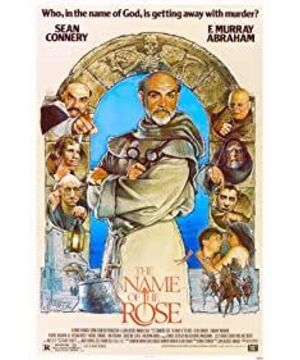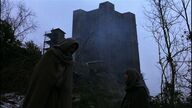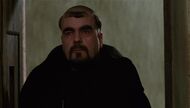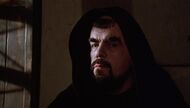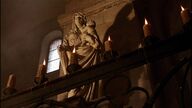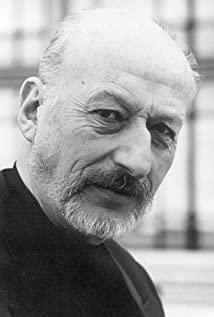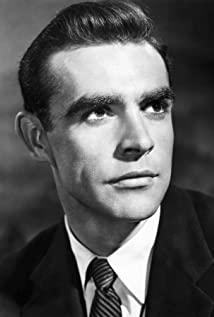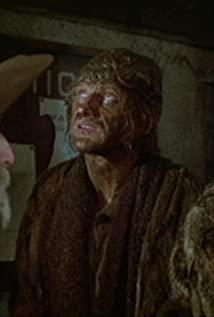This can also be said to be a modern version of the challenge to the greatest philosophical debate in the Middle Ages—the "universal debate".
The stage setting of the novel is a large monastery in a valley in northern Italy in the 14th century.
In order to track down the strange killings that occurred in the monastery, the Franciscan church sent a learned monk, William of Baskerville, to lead his disciple Adesso to investigate. While investigating these incidents, it was discovered that there was a labyrinth library in the main hall. There, they found the second book of Aristotle's poetics (which does not actually exist). This book is a strong opposition to realism, Plato's theory, and the cumbersome philosophy as the maid of theology.
The so-called original God means universality. The Catholic Church can also be regarded as not only a simple assembly of believers, but also a universal existence = the reality of authority before people believe in the religion. Also, once the so-called universality of human beings does not exist, then the consideration of original sin and relief will no longer be established.
In this regard, the British scholastic philosopher William said: The so-called universal is a simple noun (name). It's just as a sign to show things.
The so-called protagonist William of Baskerville is a composite of the name of the scholastic philosopher William and "The Hound of the Baskerville" in the detective of Sherlock Holmes.
It is said that language=symbols here produce language=symbols, while interpretation produces interpretations, meanings are also produced. Therefore, it is possible to read the claim of the symbol theorist Umberto Eco.
In addition, in the novel, metaphors of Thomas Aquinas, R. Bacon, Master Eckhart and Conan Doyle are exuded everywhere, to church architecture, philosophy, politics, medicine, etc. References and hints.
In addition, when you see the general plan of the Great Monastery recorded in the appendix of the novel, the church in the center is no longer the center of the script. Incidents often occur in the peripheral annex rooms, and even the main hall (library) at the highest point. It is also on the edge of construction land.
The labyrinth library described in the second part of Poetics of Aristotle, who mocks the universality, is connected with the 12-story library in the central octagonal structure with 60 steps. From those steps you can walk to the doors and windows on the wall, some are paintings by Leonardo, some are trap doors. The eight numbers implying the octagonal labyrinth library of the universe are the eighth day of this world, and also implying the end of this world, and are also related to the chapter composition of this novel.
I’m here to introduce Umberto Eco’s "The Name of the Rose", not only is the meaning of the work is literature, I think it also suggests that philosophy, architecture, art, and technology are common in all fields. The most pioneering problem. Only the world represented by this work can be called postmodern, or the next modern, the new world that will come after modernism.
Note: The context of this comment by Kurokawa Kisho is that he is attacking, challenging and dismantling Western centralism and rational centralism (ie universalism) with "symbiosis thought".
View more about The Name of the Rose reviews


